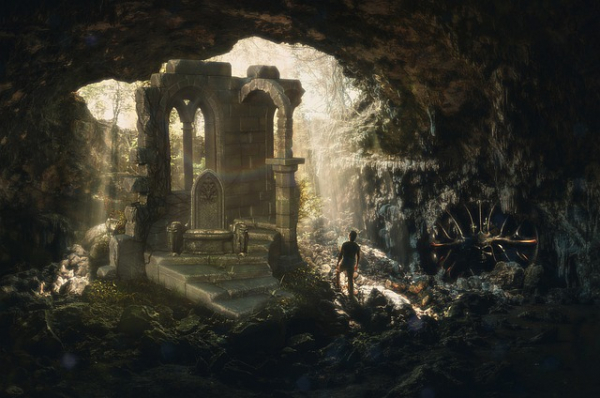
Archaeologists in Israel have made a significant discovery in an ancient Jewish burial cave, uncovering hundreds of artifacts. The tomb, which is believed to belong to a midwife who was present at the scene of Jesus' birth according to the apocryphal Gospel of James, offers a glimpse into the lives of people living in the region during the time of Jesus.
The artifacts found at the site include pottery, jewelry, and other household items and provide valuable information about the history and culture of the area. This discovery is a major scientific breakthrough and has generated significant interest in archaeology.
Expert Archaeologists Lead the Excavation of Jesus' Midwife's Tomb
In a report by The Christian Post, archaeologists from the Israel Antiquities Authority (IAA) made a significant discovery in a burial cave in the Lachish region of central Israel. The shelter, which was used during the Byzantine and Early Islamic periods and is known as "Salome Cave," is believed to have been the burial place of Salome, the midwife of Jesus, according to popular tradition.
During the excavation, the team found hundreds of lamps believed to have belonged to early Christians who made pilgrimages to the tomb. The discovery of these lamps offers insight into the practices and beliefs of early Christians in the region.
Discovered Artifacts Offer Insight Into Daily Life in Ancient Israel
The excavation of the burial cave in the Lachish region of central Israel was conducted as part of the Judean Kings' Trail Project, led by the Israel Antiquities Authority (IAA), the Ministry for Jerusalem and Heritage, and the Jewish National Fund. During the excavation, researchers uncovered a row of shop stalls in the courtyard used to sell or rent clay lamps. The team found hundreds of complete, broken lights dating from the 8th-9th centuries A.D.
These lamps may have been used to light up the cave or as part of religious ceremonies, similar to the way candles are used today at the graves of righteous figures and in churches. The discovery of these lamps offers insight into the practices and beliefs of the people who used the cave during this period.
Also Read: Largest Collection of Israeli Artifacts Sent Overseas to be Displayed at Bible Museum in Washington
Salome's Burial Place
According to Zvi Firer in a report of The Times of Israel, one of the excavation directors in the Israel Antiquities Authority Southern Region, the burial cave in the Lachish region of central Israel became a popular destination for local Christians during the Byzantine era after it was recognized as the burial place of Salome.
The name Salome is believed to have appeared on one of the tomb's ossuaries (stone boxes, leading to the development of the tradition that identified the site with Salome, the midwife. As a result, the cave became venerated by Christianity and became a popular place for pilgrimages. This discovery offers insight into the region's practices and beliefs of early Christians.
The apocryphal writings are a collection of texts that are not considered part of the canon of the Bible but have been considered by some to have historical or theological value. Many Christian scholars and theologians have questioned the validity of the events described in these writings, as they are not considered to be as reliable as the texts included in the Bible.
One of the apocryphal texts that include accounts of events surrounding the birth of Jesus is the Gospel of James, also known as the Protoevangelium of James. In this text, Mary is described as having two midwives, one of whom is named Salome. According to the text, Salome enters the cave where Jesus is born and is healed of an injured hand when she holds the infant Jesus. This event may have led Salome to become a follower of Jesus.
It is important to note that these apocryphal writings are only considered authoritative by some Christian denominations, and their historical accuracy has been disputed.
Related Article: Archaeologists Discover Christian Relics In Mosul Church Destroyed By Islamic State Forces












